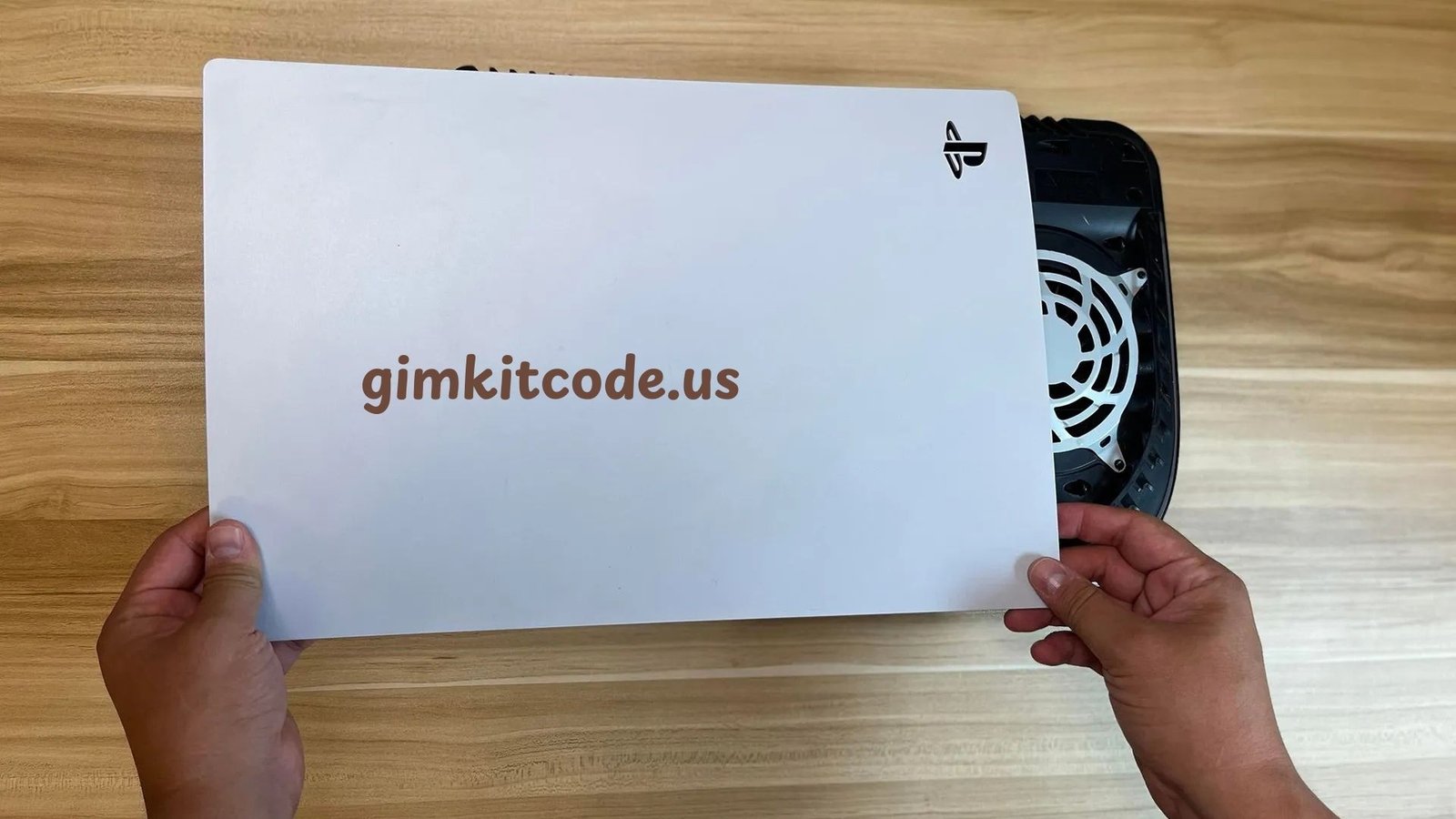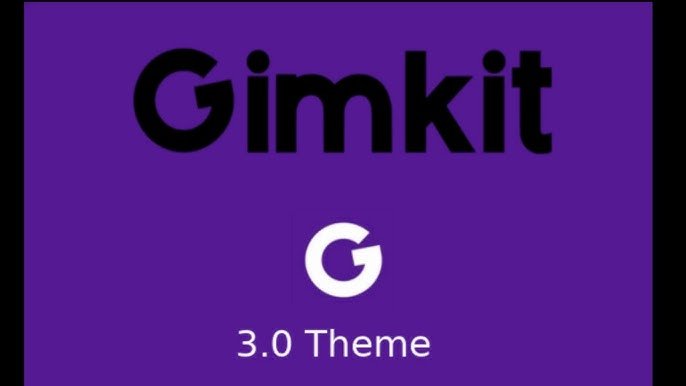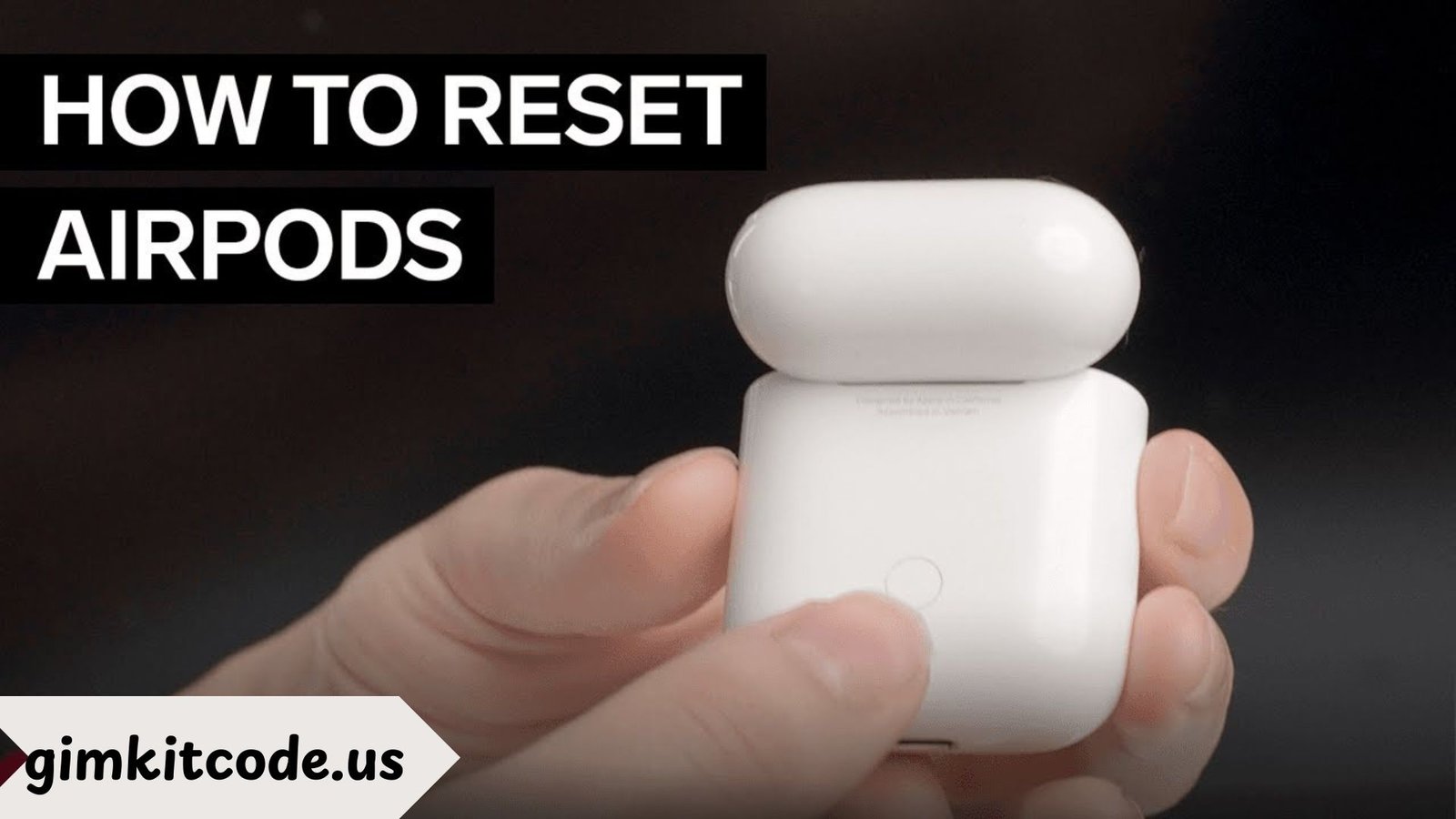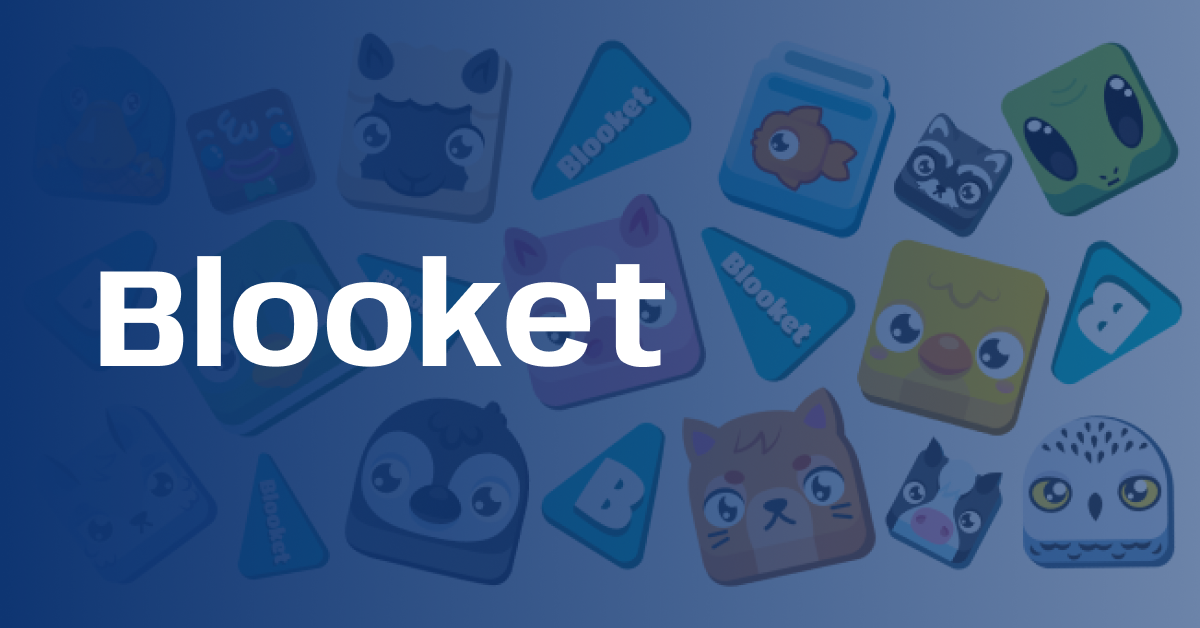Interactive tools in the modern classroom and virtual learning environment make learning active and instructor-efficient. Blooket is one of such popular platforms where games make the learning process. But to unlock Blooket’s full potential, you need to understand the role of the Blooket host. He/she is the regulator of the game process; he/she facilitates interaction and leads game players through quizzes or obstacles. If you’re a teacher, tutor, or group leader, knowing how to become a great Blooket host empowers you to bring excitement to learning and maintain engagement among students or participants.
In this article, we’ll dive deep into everything about being a Blooket host—from setup to strategies and troubleshooting. Although already a novice or aspiring to master this hosting business, you will be able to get practical knowledge that you can apply immediately.
Key Takeaways:
- A skilled Blooket host transforms any set of questions into an immersive learning game.
- Hosting features help tailor gameplay to different learner needs and group sizes.
- Understanding common hosting challenges ensures a seamless experience for everyone.
What Does a Blooket Host Do?
At its core, the Blooket host manages the game session, from launching quizzes to monitoring the live leaderboard. They act as both facilitator and game master, setting the pace and keeping players engaged.
Key Responsibilities of a Blooket Host
- Starting and stopping games: The host decides when to kick off and end rounds, controlling the game flow.
- Managing participants: Hosts invite players via game codes and monitor who joins.
- Customizing game modes: Blooket offers various game types like Tower Defense, Gold Quest, and Classic mode, providing different interaction styles. The host selects the appropriate one depending on the group’s goals.
- Keeping engagement high: A host can add encouragement, explain rules, and clarify questions to keep participants motivated.
- Troubleshooting technical issues: Hosts often assist participants with joining problems or help refresh interfaces.
Real-life Example of Use
Ms. Richardson is a 5 th grade teacher who applies Blooket on a daily basis to warm up students. She shares screen from her computer as the Blooket host, guiding her class through science quizzes. Choosing various game modes, she makes lessons unpredictable and fun and increases participation by 40% by her own data on classroom feedback.
Being the Blooket host requires more than just technical knowledge. It requires a sense of group dynamic, timing, and malleability – something that educators develop during years in the field. A 2023 report by EdTech Review suggests that active digital tools management has a positive influence on encouraging students and their engagement by educators.
Blooket Host vs. Player: Key Differences and Comparison Table
Understanding how the Blooket host role differs from that of a player is essential for smooth gameplay. Below is a comparison chart highlighting primary distinctions.
| Feature | Blooket Host | Blooket Player |
| Game Control | Full control over game setup, timing, and mode selection. | Controls their own answers and gameplay choices. |
| Access | Can start, pause, or end games and monitor progress. | Can only participate and answer questions. |
| Interaction | Manages participants and verifies game codes. | Joins via a provided game code. |
| Troubleshooting | Helps resolve connection or gameplay issues. | Limited troubleshooting ability. |
| Score Visibility | Can view overall scores and leaderboard in real-time. | Sees personal scores and ranking only. |
Table ALT Text: Comparison of features and control levels between Blooket host and player.
What This Means for Learning
The Blooket host is effectively the game leader, responsible for maximizing engagement and smooth facilitating. Players get to focus solely on learning and competition. Recognizing these roles helps educators anticipate challenges, such as hesitation from hosts unused to tech or players unfamiliar with online joining.
How to Become a Confident Blooket Host: Step-by-Step Guide
Starting your journey as a Blooket host is straightforward but mastering it takes practice. Here’s a detailed outline to get you started confidently.
Step 1: Create a Blooket Account and Choose Your Content
Visit the official Blooket website and sign up. Browse public question sets or create custom quizzes targeting your lesson goals.
Step 2: Start Hosting a Game
- Log into your account and select your quiz.
- Click “Host” and choose a game mode that fits your session (e.g., Classic, Racing, Gold Quest).
- Share the game code displayed on your screen with participants to join.
Step 3: Explain Rules and Manage Game Flow
Briefly introduce how the game works, encourage participation, and answer any questions before starting rounds. Use the web interface to start rounds, monitor answers, and share updates.
Step 4: Engage and Motivate Players Throughout
Keep energy high by celebrating correct answers, providing hints, or pausing for quick reviews if needed.
Step 5: Analyze Results Post-game
After the game finishes, review scores and leaderboard analytics to judge effectiveness and identify improvement areas.
Expert Insight:
According to Eva Chen, an educational technology coach, “Practice hosting regularly and test different game modes to discover what excites your learners. Small adjustments in pacing or feedback can make a big difference.”
Note: Always have a backup plan in case internet connection issues disrupt your hosting session.
Common Challenges for Blooket Hosts and How to Overcome Them
While Blooket offers an intuitive platform, hosts can face issues ranging from technical difficulties to maintaining participant focus.
Typical Challenges:
- Connectivity issues: Slow internet can delay responses or freeze screens.
- Joining problems: Players sometimes struggle entering game codes or waiting in lobbies.
- Managing large groups: With many players, monitoring individual progress is tough.
- Avoiding distractions: Maintaining participant interest with diverse learning styles can be challenging.
Effective Solutions:
- Encourage participants to have stable internet connections before starting.
- Share clear joining instructions in advance, including what devices work best.
- Use breakout groups for large classes and rotate hosting roles.
- Mix up game modes or add rewards to keep engagement rates high.
Comparison Table: Hosting Troubleshooting Tips
| Challenge | Cause | Solution |
| Connectivity Delay | Poor internet connection | Test connection, use wired if possible. |
| Player Join Issues | Wrong code entry, delayed lobby response | Verify and repeat code, refresh lobby page. |
| Large Group Management | Too many participants to monitor individually | Use breakout rooms, co-host with assistants. |
| Participant Distraction | Lack of variety, unclear rules | Switch game modes, clarify rules often. |
Table ALT Text: Troubleshooting challenges and solutions for Blooket hosts.
Important Reminder: Keep your hosting software and browser updated to avoid unnecessary glitches.
Future Trends: How Blooket Hosts Can Leverage Data and AI
As digital learning platforms evolve, so does the role of the Blooket host. Intelligent data tracking and AI-powered insights are becoming crucial tools for optimizing game-based learning.
Blooket provides detailed reports on which questions were most missed, time taken per question, and player engagement metrics. Hosts can use this data to customize future quizzes to target weak points effectively.
Potential of integrating AI
New generation AI technology can help hosts by creating new sets of pre-selected questions according to the game score of the past gaming experience, or dynamically adjust the difficulty level on the fly in order to make it challenging yet achievable. The math department at Lincoln High School has used a reporting feature of Blooket once a week to find areas of reteaching. They saw a 15 percent improvement in their test scores after targeted interventions when they employed these insights.
Hosts will find it easier to verify the advantages of keeping abreast of product updates on Blooket and the current changes in EdTech to make sure that they deliver productive learner-focused activities all the time. Being a Blooket host is a powerful way to energize lessons, boost participation, and deepen learning in a fun, interactive format. Whether it is learning the job or tackling technicalities and solving common predicaments, hosting skills are the key to the full potential of Blooket.
Keep in mind that any successful host is adaptable to his/her audience, uses digital tools with confidence and never stops learning through game information. Regardless of whether you are a long-time educator or just starting to use gamified learning, spending time on hosting skills pays off well with more engaged and motivated learners.
Your next step is getting acquainted with various game types in Blooket, trying hosting sessions with your friends or colleagues, and, finally, checking the post-game analytics to get the idea of how to improve your strategy. Your journey to becoming an expert Blooket host starts now—led by curiosity, preparation, and the willingness to experiment. To discover even more guidance on game-based learning tools, make sure to read our associated piece about strategies to engage a classroom.
FAQs
- Q1: How do I start a Blooket host session?
A: Log into your Blooket account, select a quiz, click “Host,” choose a game mode, and share the game code with participants. - Q2: Can a Blooket host pause the game?
A: Yes, hosts have control over starting, pausing, and ending rounds to manage pacing and focus. - Q3: What should I do if players can’t join my game?
A: Make sure players enter the correct game code and refresh their browser; check your internet connection as well. - Q4: Is it possible to customize quizzes as a host?
A: Yes, hosts can create or select custom question sets before hosting games. - Q5: How can a Blooket host keep learners engaged?
A: Use varied game modes, provide encouragement, clarify rules, and keep sessions interactive and timely.









Leave a Reply